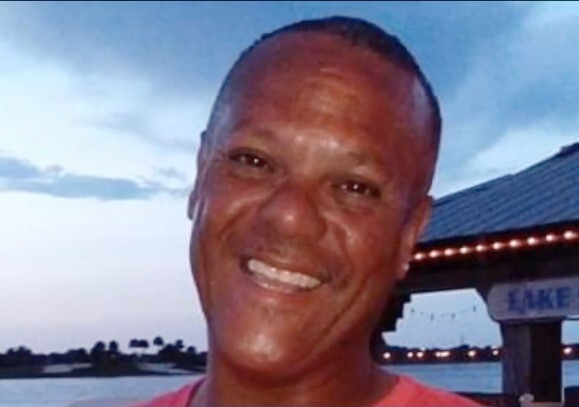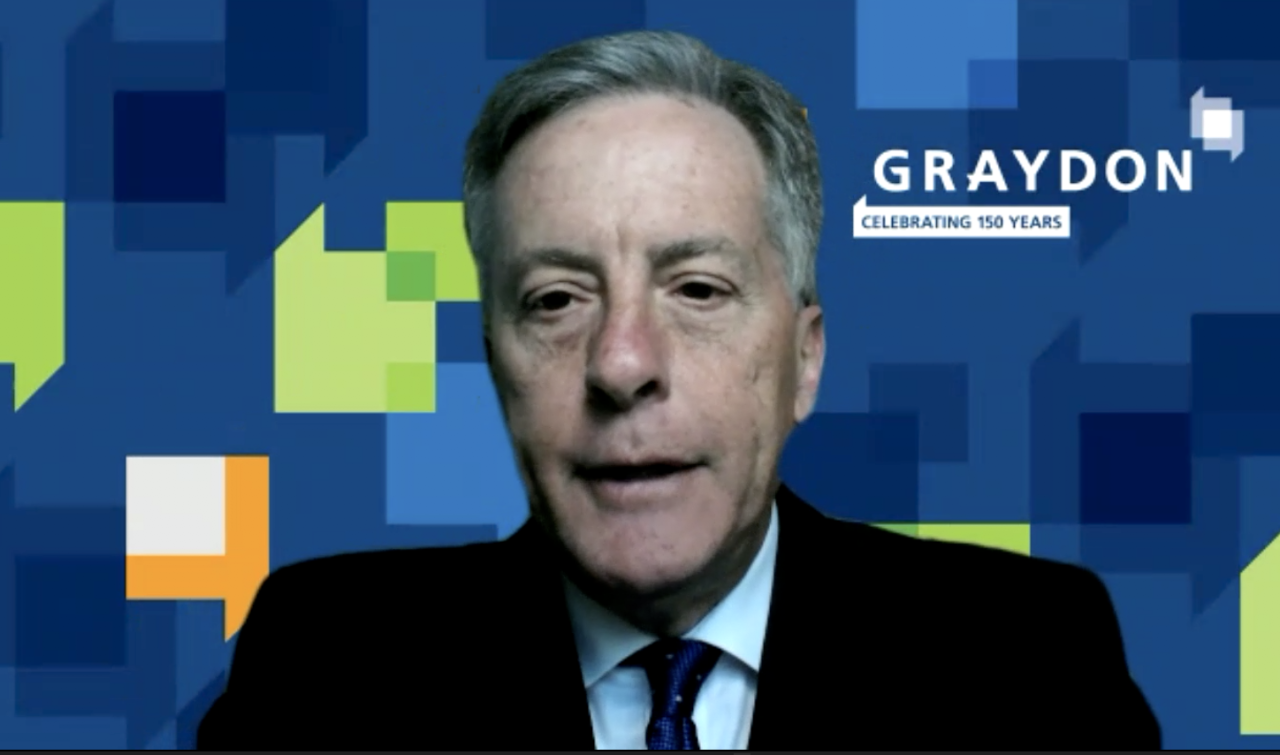CINCINNATI — A special master sided with WCPO in its complaint against the Ohio Department of Health last week, ruling that health officials violated the state’s public records law when they refused to release the number of COVID-19 deaths at a Cincinnati nursing home.
WCPO and other media outlets have been fighting for more transparency for nearly a year against state health officials, who refuse to say how many residents die of COVID-19 at each nursing home. Other states, such as Kentucky, Indiana, Pennsylvania, Michigan and West Virginia, openly release this information to the public.
“The Ohio Department of Health ignored it," said WCPO’s attorney, Jack Greiner. "They just ignored that provision of the law, and they were called out for it by the special master.”
Attorneys for Ohio’s health department tried to argue that death information is private under state law. Special Master Jeff Clark disagreed, noting that the information is already available on death certificates, which are public records.
Joy Gazaway said that information would have helped her choose a nursing home for her 60-year-old brother, Donald Gazaway, who died last April of COVID-19, according to his death certificate. He died three weeks after he arrived at a Cincinnati nursing home to recover from a stroke.

“I wanted to know what the stats were, particularly with mortality, because that would better enable me to make some choices,” Gazaway said. “I need to see something more than the (nursing home) front lobby and the furniture and the fact that you have an aquarium… I need to see what type of care, what level of care, that I can expect at this facility.”
While the Ohio Department of Health does release the number of COVID-19 cases at each long-term care facility on its website, it only lists the number of COVID-19 deaths at the county level.
More than 7,100 residents of long-term care facilities in Ohio have died since the start of the pandemic, as of last week. But health officials have refused to say where they died.
“That is really critical information for the public to know, and it would have been nice to know on a rolling basis… on a current basis,” Greiner said. “That was frustrating, unfortunately.”

WCPO filed the complaint in the Ohio Court of Common Claims after the health department denied a June public records request for the number of COVID-19 deaths at a particular Cincinnati nursing home, as well as the number of COVID-19 deaths at all nursing homes in Hamilton, Clermont, Butler and Warren counties.
In his April 1 report, Clark ruled that health officials violated public records laws by denying WCPO’s request for death numbers at a Cincinnati nursing home, writing that it “is a proper request for reasonably identified, existing ODH records.”
But Clark sided with health officials on WCPO’s broader request, ruling that going forward the media must request COVID-19 death information on a facility-by-facility basis, because that is how health officials collect and store the data.
But Clark pointed out that health officials should have offered WCPO a chance to amend its public records request, as the law requires, when it denied it.
“ODH did not provide WCPO with an opportunity to revise the request and made no effort to explain the manner in which COVID-19 records are maintained and accessed in the ordinary course of ODH's duties. ODH thereby committed a per se violation (of public records law),” Clark wrote.
The Ohio AARP, which has been pushing for more transparency from health officials, applauded Clark’s ruling.
“While AARP has not engaged in the lawsuit itself, we continue to believe all efforts must be made to ensure that reliable data is publicly available… Residents and family members deserve to have this information for their own health decisions and as they consider possible next steps and interventions for their loved ones,” according to an emailed statement.
Last summer, when WCPO first made its public records requests, 70 percent of all Ohio COVID-19 deaths were patients of long-term care facilities. State officials were scrambling to control the pandemic by conducting mass testing of nursing home residents and staff.
“Anytime you can delay the release of information, you sort of inherently reduce the news value of it,” Greiner said. “It’s no longer really news. Now it’s kind of history.”
But Greiner hopes the media still asks health officials for the nursing home COVID-19 death information that WCPO fought for.
“I think the public has a right to know which of those facilities did a better job and which of the facilities did a worse job,” Greiner said. “As a member of the public you really want to know, you really should know, you’re entitled to know, is it safe?”
While the ruling comes too late for Gazaway, she hopes the new information helps other families make decisions about which long-term care facilities to choose for loved ones.
“Practically speaking if you know a facility had 30 (COVID-19) deaths in it… and you see another facility that has no deaths, you may wonder well why is that,” Gazaway said. “If you were in the hospital and you and your family members had to select a nursing home or long-term care facility to continue your care, what would you select?”
WCPO will be making public records requests to the Ohio Department of Health in the coming weeks for COVID death numbers at long-term care facilities in the Cincinnati metro area.






